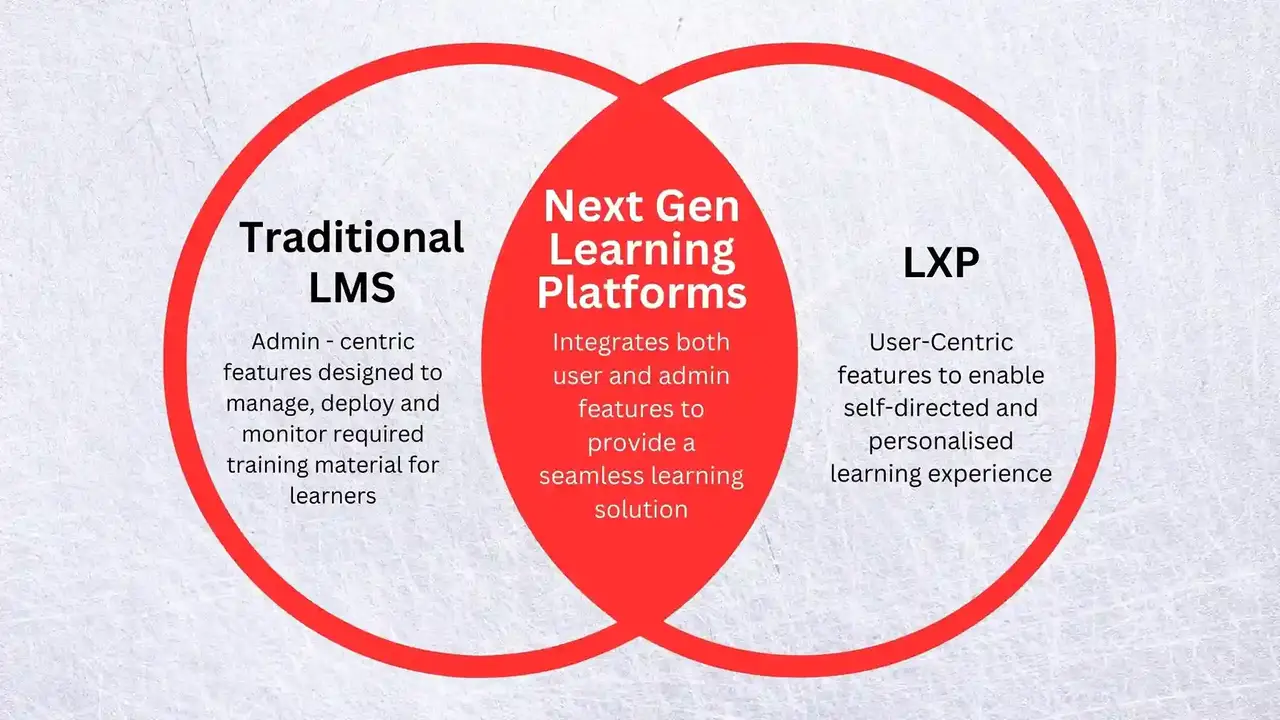Comparing Tuition Costs of Online vs Traditional Degrees
Analyze the tuition costs of online degrees versus traditional on-campus programs to make an informed financial decision.

Comparing Tuition Costs of Online vs Traditional Degrees
Deciding whether to pursue an online degree or a traditional on-campus degree is a huge decision, and for many, the financial aspect is a major factor. It's not just about the sticker price of tuition; there are so many other costs that can add up. We're going to dive deep into comparing the tuition costs of online versus traditional degrees, looking at everything from direct tuition fees to hidden expenses and long-term value. This guide is especially useful for students in the US and Southeast Asia, as we'll touch upon regional differences and considerations.
Understanding Direct Tuition Fees Online Degree Costs
When you first look at online degrees, you might notice that the advertised tuition fee can sometimes be lower than that of a traditional program. This isn't always the case, but it's a common perception. Let's break down why this might be and what to look out for.
Per Credit Hour Costs Online vs On Campus Tuition
Most universities, whether online or traditional, charge tuition on a per-credit-hour basis. For example, a typical bachelor's degree requires around 120 credit hours. If an online program charges $300 per credit hour, the tuition alone would be $36,000. A traditional program might charge $500 per credit hour, making the tuition $60,000. This is a significant difference right off the bat. However, some prestigious universities might charge the same per-credit-hour rate for both their online and on-campus programs, especially if the online program is taught by the same faculty and offers the same degree. It's crucial to check the specific institution's fee structure.
In State vs Out of State Tuition Online Programs
One of the biggest financial advantages of online degrees, particularly in the US, is the potential to avoid out-of-state tuition fees. Many public universities charge significantly higher tuition for students who don't reside in their state. For online programs, some institutions waive this distinction, allowing out-of-state students to pay the in-state rate or a special online student rate that is comparable. This can save tens of thousands of dollars over the course of a degree. For example, a state university might charge $10,000 per year for in-state residents and $30,000 for out-of-state residents. If their online program charges everyone $12,000, it's a huge win for out-of-state students. In Southeast Asia, while the in-state/out-of-state model isn't as prevalent, some regional online programs might offer preferential rates to students from neighboring countries or within specific economic blocs.
Beyond Tuition Hidden Costs and Savings Traditional Degrees
Tuition is just one piece of the puzzle. When comparing online and traditional degrees, it's essential to consider all the other expenses that contribute to the total cost of education. This is where online degrees often shine in terms of overall affordability.
Accommodation and Living Expenses On Campus Costs
For traditional on-campus students, accommodation is a massive expense. This includes dorm fees, off-campus rent, utilities, and food. These costs can easily rival or even exceed tuition fees. For instance, a dorm room and meal plan at a US university can cost anywhere from $10,000 to $20,000 per year. If you're renting an apartment, you're looking at similar figures, especially in major cities. Online students, on the other hand, typically study from home, eliminating these significant costs. This is perhaps the single biggest financial advantage of online learning.
Transportation Costs Commuting to Campus
Commuting to a physical campus involves costs like gas, public transportation fares, parking fees, and vehicle maintenance. These can add up, especially if you live far from campus or in an area with high transportation costs. Online students save all of this. No daily commute means more money in your pocket and more time for studying or other commitments.
Textbooks and Course Materials Digital vs Physical
Both online and traditional programs require textbooks and course materials. However, online programs often leverage digital resources more heavily. E-textbooks can sometimes be cheaper than physical copies, and many online courses integrate open educational resources (OER) or library databases, reducing the need for expensive purchases. While traditional programs are also moving towards digital, physical textbooks are still very common and can be quite pricey.
Student Fees and Campus Amenities Online vs Traditional
Traditional universities often charge a variety of student fees that cover campus amenities like gyms, student unions, health services, and recreational facilities. These fees can range from a few hundred to a few thousand dollars per year. Online students typically pay fewer or no such fees, as they don't utilize these physical resources. However, some online programs might have technology fees or online learning platform fees, so always check the detailed fee breakdown.
Time is Money Earning Potential and Opportunity Costs
Beyond direct expenses, there's the concept of opportunity cost – what you give up to pursue your education. This is where online degrees can offer significant financial benefits, especially for working professionals.
Flexibility and Continued Employment Online Degree Benefits
One of the most compelling arguments for online degrees is their flexibility. Many online students can continue working full-time or part-time while pursuing their degree. This means they don't have to forgo their income, which is a massive financial advantage. A traditional student, especially at the undergraduate level, might have to reduce their work hours or stop working altogether, leading to a significant loss of income over several years. For example, if you earn $40,000 a year, and you take four years off to study, that's $160,000 in lost income, not including potential raises. An online degree allows you to avoid this opportunity cost.
Faster Completion Times Accelerated Online Programs
Some online programs offer accelerated formats, allowing students to complete their degrees faster than traditional programs. This can save money on tuition and fees by reducing the overall time spent in school, and it also means you can enter the workforce or advance in your career sooner, leading to earlier income growth.
Comparing Specific Online Degree Providers and Their Costs
Let's look at some examples of online degree providers and their general cost structures. Keep in mind that these are illustrative and actual costs can vary widely based on the specific program, level of study (bachelor's, master's, etc.), and individual circumstances.
University of Phoenix Online Degree Costs
The University of Phoenix is a well-known for-profit online university. Their undergraduate tuition typically ranges from $398 to $498 per credit, depending on the program. For a 120-credit bachelor's degree, this would be approximately $47,760 to $59,760 in tuition. They often have various fees, including a resource fee per course ($140-$190) and a technology fee. While their per-credit cost might seem higher than some public universities, their fully online model means no living or commuting costs. They also offer various scholarships and financial aid options. Their programs are designed for working adults, emphasizing flexibility.
Western Governors University WGU Affordable Online Degrees
WGU is a non-profit online university known for its competency-based education model. Instead of per-credit-hour tuition, they charge a flat rate per six-month term, typically around $3,750 to $4,500, regardless of how many courses you complete within that term. This model can be incredibly cost-effective for motivated students who can accelerate their learning. If you can complete a bachelor's degree in two years (four terms), your tuition would be around $15,000 to $18,000, which is exceptionally affordable. This model is particularly attractive for those with prior knowledge or experience who can test out of competencies quickly. WGU is accredited and widely recognized, making it a strong contender for budget-conscious students.
Arizona State University Online ASU Online Tuition
ASU Online is a highly respected online division of a major public university. Their undergraduate tuition for online programs typically ranges from $560 to $660 per credit hour, regardless of residency. For a 120-credit bachelor's degree, this would be approximately $67,200 to $79,200. While this is higher than WGU, it's often comparable to or even less than out-of-state tuition at many traditional universities. ASU Online offers the prestige of a large public university degree with the flexibility of online learning. They also have various fees, including a technology fee and a university fee. Their programs are known for their academic rigor and extensive support services.
University of the People UoPeople Free Online Education
University of the People is a unique, tuition-free, accredited online university. While there's no tuition, students are required to pay assessment fees for each course and an examination fee for each proctored exam. For a bachelor's degree, the total cost can be around $4,800. This makes it one of the most affordable accredited degree options globally. It's an excellent option for students in Southeast Asia and other regions where traditional higher education might be financially out of reach. The catch is that it requires a high degree of self-discipline and independent learning, and the support services might not be as extensive as at more expensive institutions.
Coursera and edX Online Degree Programs Cost Comparison
Platforms like Coursera and edX partner with top universities worldwide to offer fully online degrees. The costs for these degrees can vary significantly but are often competitive. For example, a Master of Computer Science from the University of Illinois Urbana-Champaign on Coursera might cost around $21,000, which is considerably less than the on-campus equivalent. An MBA from a top university on edX might range from $20,000 to $40,000. These platforms offer high-quality education from reputable institutions at a fraction of the traditional cost, often with flexible payment plans. They are particularly popular for master's degrees and specialized certifications.
Financial Aid and Scholarships for Online Degrees Maximizing Savings
Regardless of whether you choose an online or traditional path, financial aid and scholarships are crucial for making education affordable. Online students have access to many of the same financial aid opportunities as their on-campus counterparts.
Federal Student Aid for Online Learners US Specific
In the US, eligible online students can apply for federal student aid, including Pell Grants (which don't need to be repaid) and federal student loans. To qualify, the online program must be offered by an accredited institution that participates in federal student aid programs. Filling out the Free Application for Federal Student Aid (FAFSA) is the first step.
Scholarships for Online Students Global Opportunities
Many scholarships are specifically designed for online students, or they are open to both online and traditional learners. These can be offered by universities, private organizations, or even employers. Websites like Fastweb, Scholarship.com, and the College Board's scholarship search tool are great resources. Don't forget to check with your employer, as many companies offer tuition reimbursement programs for employees pursuing further education, especially if it's relevant to their job.
Employer Tuition Reimbursement Online Education Benefits
This is a huge benefit for working professionals. Many companies offer tuition reimbursement as part of their employee benefits package. This means your employer might pay for a significant portion, or even all, of your online degree costs. It's a win-win: you get an education, and your employer gets a more skilled workforce. Always check with your HR department about their specific policies and eligibility requirements.
Long Term Value and Return on Investment Online Degrees
When evaluating the cost of a degree, it's not just about the upfront expenses; it's also about the long-term return on investment (ROI). An online degree, especially one that allows you to continue working, can offer a very strong ROI.
Career Advancement and Salary Increase Online Degree Impact
Earning a degree, whether online or traditional, often leads to career advancement and higher earning potential. For online students, the ability to gain new skills and qualifications without interrupting their career means they can often see an immediate impact on their salary or job responsibilities. The flexibility of online learning also allows individuals to pursue degrees in high-demand fields, further boosting their career prospects.
Networking Opportunities Online vs Traditional
While traditional programs often boast about in-person networking, online programs also offer valuable networking opportunities. Virtual study groups, online forums, and professional social media platforms allow students to connect with peers and faculty from diverse backgrounds and locations. Many online programs also integrate career services and alumni networks that are just as robust as their on-campus counterparts.
Making Your Financial Decision Online Degree vs Traditional
Ultimately, the best financial decision depends on your individual circumstances, career goals, and learning style. Here are some key takeaways to help you decide:
- Direct Tuition: Online programs can sometimes have lower per-credit tuition, especially if you can avoid out-of-state fees. However, some prestigious universities charge similar rates for both online and traditional.
- Hidden Costs: Online degrees almost always save you money on accommodation, living expenses, and transportation. These savings can be substantial.
- Opportunity Cost: The ability to continue working while studying online is a massive financial advantage, preventing loss of income.
- Financial Aid: Both online and traditional students have access to federal aid and scholarships. Employer tuition reimbursement is a significant benefit for online learners.
- ROI: Consider the long-term career advancement and salary increase potential. An online degree can offer a strong ROI, especially when factoring in avoided opportunity costs.
Before making a decision, create a detailed budget that includes all potential costs for both online and traditional options. Don't just look at the tuition fee; dig into all the associated expenses. Talk to financial aid advisors at the institutions you're considering. Research specific programs and their accreditation. By doing your homework, you can make an informed financial decision that sets you up for academic and career success.
:max_bytes(150000):strip_icc()/277019-baked-pork-chops-with-cream-of-mushroom-soup-DDMFS-beauty-4x3-BG-7505-5762b731cf30447d9cbbbbbf387beafa.jpg)






